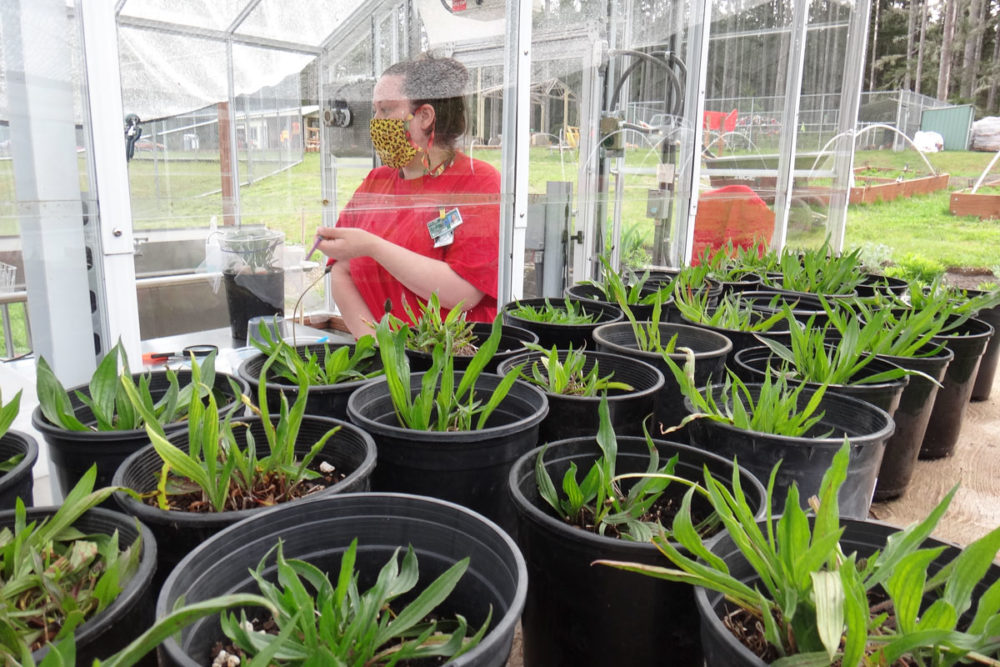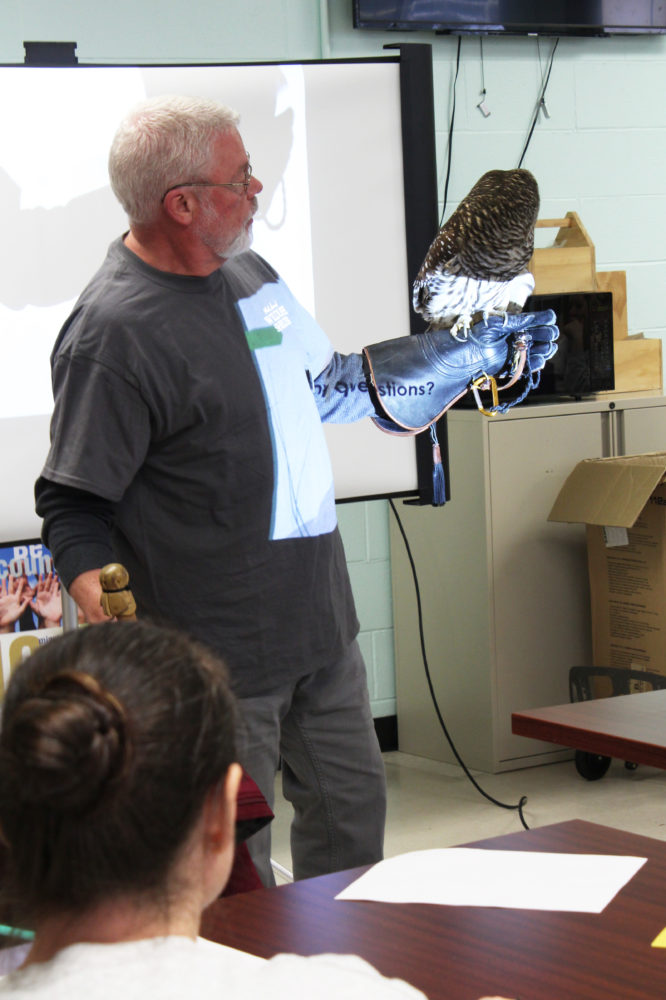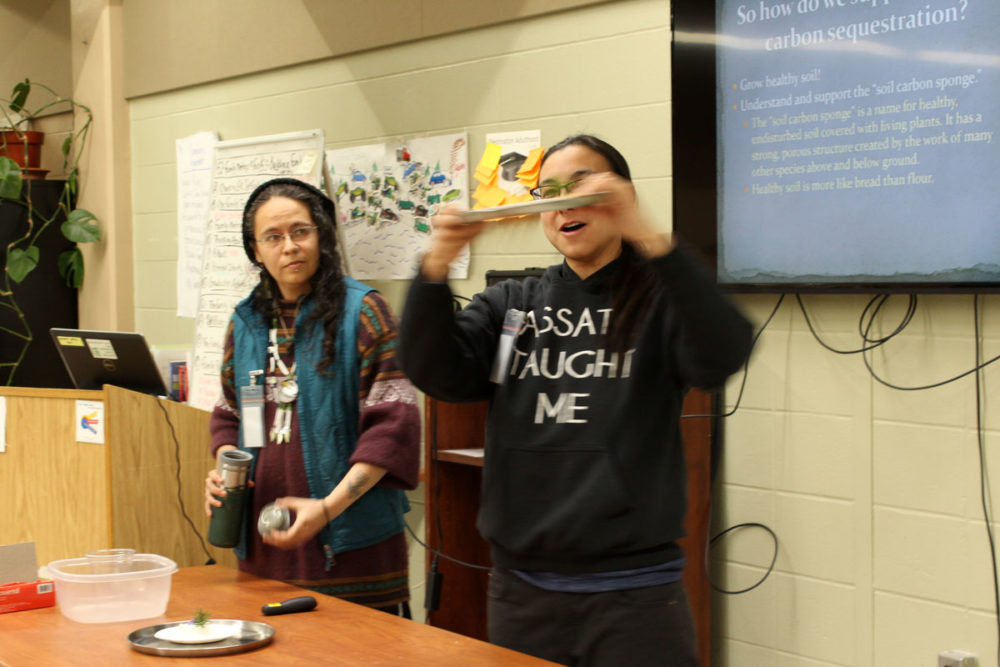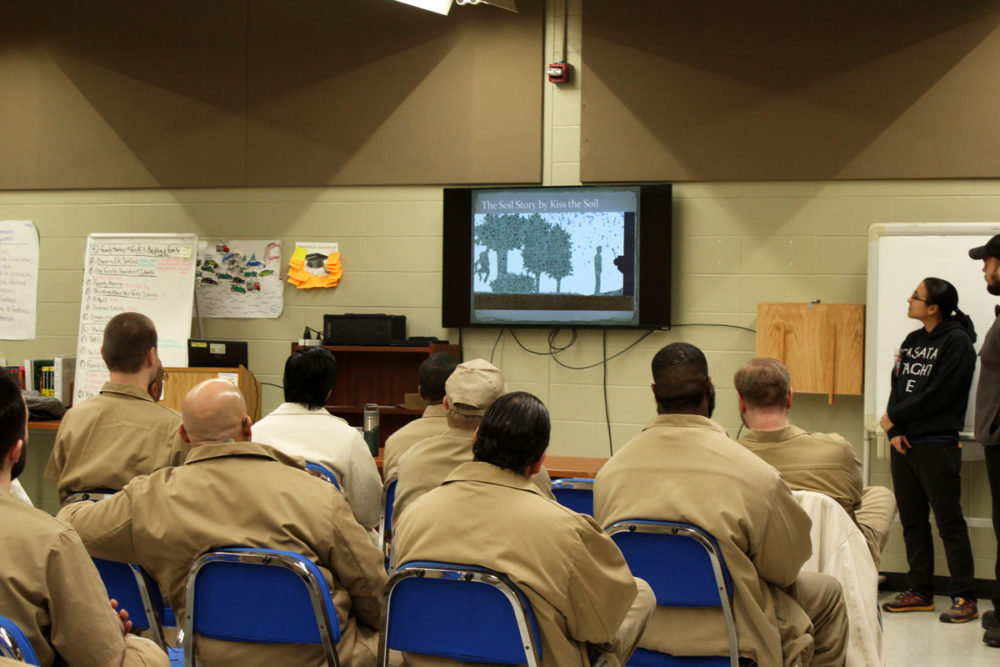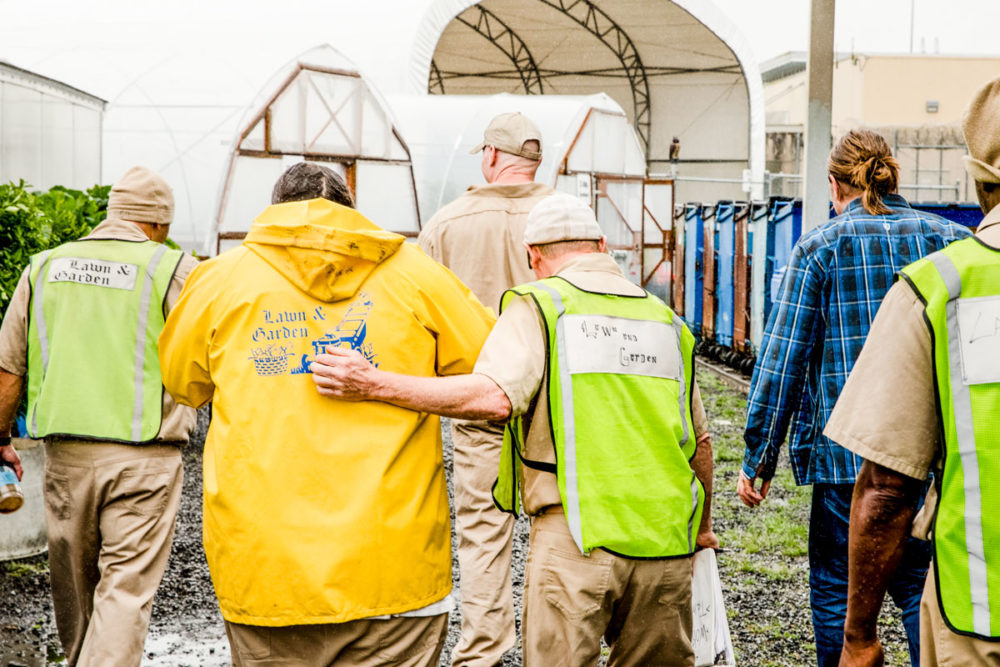By Carly Boyd, SPP Butterfly Program Coordinator
I first heard about the Evergreen State College as a junior in high school. Unfortunately, I quickly decided it wasn’t possible to attend; no one (not even me!) was ready for me to move across the country from Maryland to Washington State.

Instead, I attended a state school in western Maryland. I graduated in 2018 with a biology degree and plans to get my Master’s. When I realized Evergreen has a Master of Environmental Studies (MES) program, it felt like a second chance for me
I was working and living with my fiancé and pet cat Kiwi in Virginia. To take that second chance, I moved to a state where I knew no one. Not once have I been afraid or worried that I had made the wrong choice.
During my first year at Evergreen, what I have learned about people and how the world works has been invaluable and so different from the education I received in Maryland. I expect my time with SPP as the Butterfly Program Coordinator will be just as surprising and important.

Before SPP, I have worked with people from all walks of life and I’ve learned so much from those experiences. The most valuable skill I’ve gained is versatility: being prepared and able to change my approach to better suit whoever I’m working with. Already, this skill is serving me well in the SPP butterfly program. Efforts to keep everyone in the program safe amidst the COVID-19 crisis requires a lot of adaptation.
It is often difficult to start a new job and this one brings the challenge of a completely new environment for me. On top of that, as a part of an utterly changed world, I need to scrutinize my every action for safety, especially when working with an at-risk population. I recognize that I have to hold some responsibility for the technicians’ safety and health. At the same time, I hold some responsibility for keeping the program going as long as we are able; the technicians deserve to continue the work they value.

As a program and as an organization, we remain open to change. We continue to discuss the best and safest way to move forward for everyone involved.
Working with incarcerated individuals is changing me as a person. It’s very different from the work I’ve done in the past and honestly very different from what I ever saw myself doing. It is an unexpected opportunity that forces me to rethink what I am able to do professionally. My perceptions of the prison system and the incarcerated individuals inside are shifting. The position is helping me to rethink what I’m capable of and what I want to dedicate my life to.
In the bigger picture, working with SPP reinforces what I know and who I am. I believe humans are resilient and that, deep down, we all have a passion to learn and to contribute to a deeper collective. Also, I think we have an innate desire to be close to nature, in whatever way we can. Even in such a time of uncertainty and fear, I want to help our incarcerated partners connect with nature… so long as they, and we, are comfortable making it possible.





